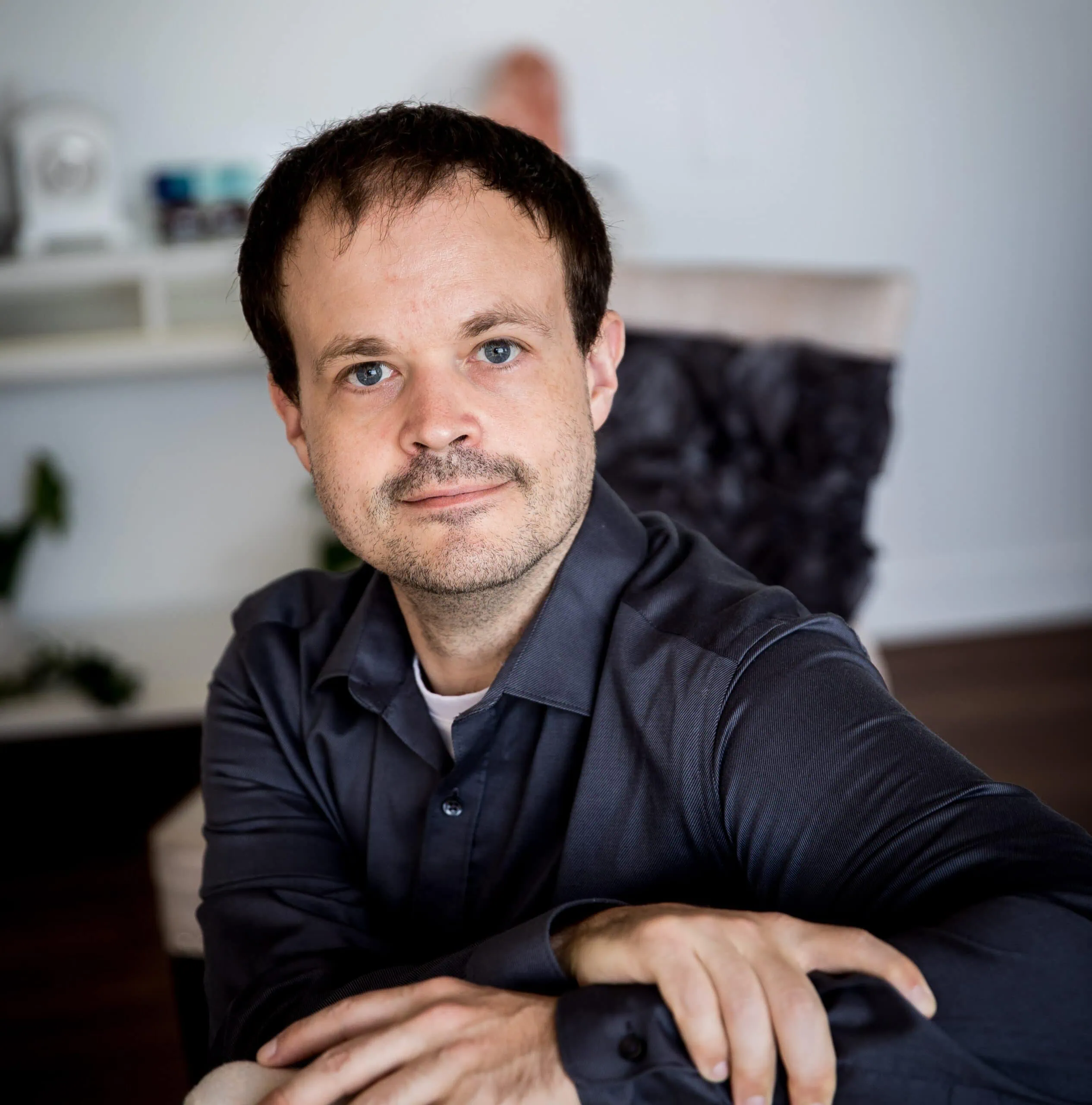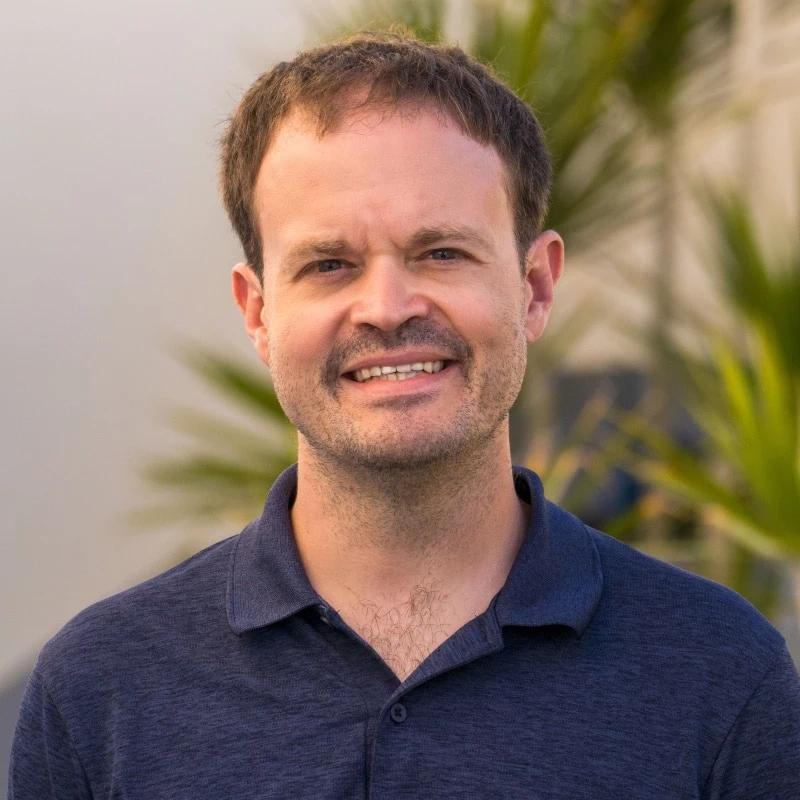
My Story
Getting here was anything but linear. When I was 7 years old, my father secured a job, but it would require the family (my parents and two younger sisters) to move to the Middle East, to Dubai. At that time, Dubai was not the glistening oasis it is today, it was a small city in the dessert, still spelled incorrectly on our Western maps, largely unheard of by our community, and its only claim to fame was for being one of the main ports for the Canadian, British, and American navies during the Gulf War.
While I was busy being a child, this was the first time in my life that I do remember seeing someone care for and work with someone else; my mother taught swimming lessons to Arab children with severe developmental disabilities. As I said, I was much more focused on completing Grade 4, but it was something that I noticed.
I was 12 when my family and I moved back from Dubai and the Middle East to Canada, specifically to Bowen Island. Twice now, I had been uprooted and moved, quite literally, half-way around the world, completely disconnected from my friends, endured two “culture shocks,” and was about to learn what “isolation” means.
Bowen Island is isolated because it is, as the name suggests, an island – but our family home on Bowen Island is located at the bottom of a large hill, providing further seclusion which is wonderfully private for an adult, but incredibly lonely for a 12-year-old. Further, the option I was presented with for attending school was a public high school off the island. I attended a British private school in Dubai, so tidy uniforms and not speaking unless spoken to were all I could remember. I was in no way prepared for the liberal, individual expression of a public school or Western culture and fashion.
At 13, my mother would be diagnosed with breast cancer. I still cannot fathom the immensity of the fear that must have brought up for her, but for me, my grief was complicated with anger. Anger that my mother had repeated a cycle of generational trauma and all my young life had punished me for things she had decided I had consciously and maliciously done to her – concepts that, I would learn later, children are very rarely, if ever, capable of.
My mother died from cancer a few months before my 19th birthday.
Looking back, I can trace the progression of my substance use from experimenting with the effects of alcohol, to so-called social use, to my 19th birthday when, in British Columbia, I was considered an adult and able to legally purchase alcohol. Not anywhere near equipped to regulate my emotions and process my traumas, I exploded onto the drinking scene. No longer was I constrained by trying to find alcohol through friends’ older siblings, I was finally able to purchase alcohol on my own. For me, alcohol conveniently also turned out to be the exact substance that provided a very welcome escape from the pain and rage I carried with me, helping to numb and push them down as far as I needed, so long as I drank more.
In the end, after a long wake of social destruction and several experiences with law enforcement professionals, I wound up in treatment – but at the time, I only agreed to go because I didn’t want to go to prison. Substances, for me, had offered not a solution to anything, but they’d offered a welcome sense of dissociation, so I didn’t have to sit down with them. Treatment introduced me to the vast introspective work that would effectively and finally offer me the healing I’d been desperately searching for, though I’d never stopped to notice that’s what I wanted. Treatment gave me connection to people who would unconditionally accept me for simply existing – the polar opposite of shame. One of the greatest and most important existential gifts I received was purpose, I distinctly remember the moment I told my counsellor, “OK, now I want to be on the other side of the desk…”
On completion of my treatment program, I moved home with a new vigor, and excitement for my future. I began contacting “real” therapists to ask about their paths. Though all the stories I heard were unique, a constant overlap was formal training and education. Most therapists I spoke to mention they had climbed the ladder of academia and achieved at least a master’s degree. I had a long road ahead of me.
At that point in my life, I was a student at the University of British Columbia, but I was on academic probation and had an average of 50.5% – 1.5% away from expulsion. One of few fortunate decisions I had made before treatment was declaring Psychology as the degree I was pursuing. After attending treatment, my grades vastly improved as I started caring about what I was learning, finding parts of my courses relevant to my life and applying them to myself. I also learned that most positions in the “helping field” require at least 2 years’ recovery to prove stability. While that kind of requirement might sound harsh, that kind of purpose was really helpful for me to cling to in my darkest moments when I had to work hard at finding balance and stability.
After graduating with an undergraduate degree in Psychology, I took a job working with individuals with developmental disabilities. I learned very valuable lessons in empathy, compassion, and consistency that I continue to reflect on. I remained at that job for longer than I intended to because it also taught me that while feeling a strong connection is important for clients to trust me, building a connection with clients can have a strong and positive impact on my life as well.
Through various roles and organisations, I endeavoured to be a sponge, soaking up all the knowledge and experience I could touch. The most important lesson I learned was that I could study all the textbooks and manuals I wanted to, but there was no experience that could come close to working with an actual person. Like Carl Jung said, “Know all the theories, master all of the techniques, but as soon as you touch a human soul be just another human soul.”
When I entered graduate school in 2014 in a master’s program, my father had moved to Mexico – to a small place in Baja California Sur called El Pescadero. Now and then when I had the time (and could afford it), I would visit him. When I was there, specifically in that location, I noticed a sense of calm washed over me; I felt relaxed, more at ease, and generally more authentic than I did at home in Vancouver. It was at that point that the idea of a treatment center in the Baja was formed. Instantly, the idea felt a fit. Immediately, the idea of combining the skills and knowledge I had acquired with the comfort and healing of a treatment center in the idyllic setting of the Baja made sense to me. The only problem was, at that time, I had maybe 3 months of graduate school and very limited professional experience under my belt.
My focus shifted slightly. I had always wanted to offer the understanding of addiction and compassion that I had received, to others, but now I had a vision of how I wanted to communicate that to others. I set about narrowing my focus to specifically learning skills and knowledge related to substance use. I worked hard to position myself to fill positions as a counsellor in treatment programs, while watching and learning what parts of programs worked the best. For years, I did exactly as I was highly trained to do, watch and listen to what I was being told to understand what was unfolding.
In the spring of 2022, my loving and incredibly capable partner, Morgan, and I came to visit El Pescadero. The trip started as me simply wanting to share this amazing place with her. Trying her best to stay connected with her work back in Vancouver, she was focused on her laptop, but after a few days, began to put her computer down. She then realised what I had realised, the incredible and indescribable feeling of healing and connection that exists in the Baja. Talks began to take on a more logistic feel as discussions about how to turn ideas, dreams, and visions into reality took place.
For the next while, we reached out to people we knew, made new contacts, learned regulations, looked into costs, and everything else we would need to turn a lofty idea into a precise plan. Through celebrating successes and comforting setbacks, we worked tirelessly to make the dream a reality.
Finally, near the end of Summer in 2023, we had created the foundations of our treatment center, given it a name, and started the formation of our team. By early 2024, the final legal hurdles were cleared and we were ready to open.
The road to get here has not been easy, it has been a long, hard road. Yet, what kept me going was, among other things, the support I received, and the support I want to offer others. I celebrate where we are and all the work it took to get here; but I will never forget the darkness of where I came from – it constantly reminds me of how important and lifesaving it is to be able to offer others support and healing. I wouldn’t wish that pain on anyone, but it helps me understand anyone’s addiction, not as a flaw, but a desperate attempt to simply not hurt.
After The Storm has granted us the opportunity to distill all the information we found helpful into a unique program and we wanted to offer it to anyone who will listen.
– Bill Arbuckle, MCP RCC

